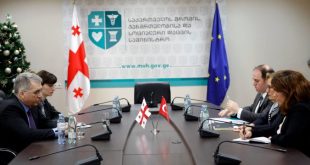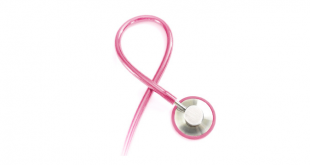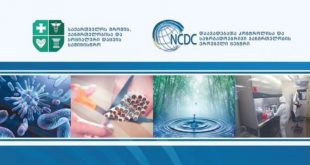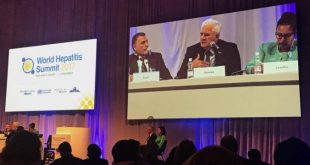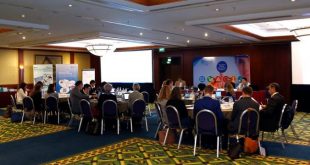Sanofi delivered a good-news, bad-news set of fourth-quarter results: Earnings better than expected and solid growth in emerging markets, but shortfalls in overall revenue and operating profits.
Its follow-up to big-selling Lantus, Toujeo, beat projections, but its long-anticipated cholesterol fighter, Praluent, brought in just a few million euros.
It’s a good thing that CEO Olivier Brandicourt is still operating within his grace period–and that he has unveiled some plans for a turnaround, even if those plans didn’t much excite market watchers.
The latest on Sanofi’s ($SNY) much-watched diabetes franchise, its biggest business, was similarly unexciting, as Brandicourt pointed out. “The good news is that there is no news,” he said during the company’s Q4 earnings call. “We delivered exactly what we said we would do by our guidance last October.”
The company isn’t expecting the year-over-year comparisons to look much better in the first half of 2016, but as the year wears on, percentages should improve. Its 2016 guidance stands as previously set, with “broadly stable” earnings per share.
Thanks to slower growth in the basal insulin market, bigger payer discounts and a growing share of business from low-end government payers, diabetes suffered a 12.6% drop in Q4 sales to €1.9 billion; for the full year, the franchise was down almost 7% to €7.58 billion.
Bright spots for the period included significant growth in emerging markets, with 27% growth in China, which is now Sanofi’s third largest country by sales. Multiple sclerosis meds–an area Brandicourt has pegged for growth–more than doubled their sales in Q4, with Aubagio up 77.8% to €871 million to become the fastest-growing MS pill. The newer Lemtrada hit €243 million, up from 34 million the same period in 2014. Vaccine revenue swelled by 7.3% to €4.74 billion, and the rare disease-focused unit Genzyme posted double-digit growth.
Toujeo, a basal insulin key to Sanofi’s ongoing diabetes ambitions, ginned up €98 million, beating projections of just €69 million. That’s a good sign at a time when the top-selling Lantus already faces biosimilar competition in some European countries, and is bracing for a December biosim launch in the U.S. Sanofi has been working hard to switch Lantus patients over to the longer-lasting Toujeo.
Overall, the French drugmaker brought in €9.28 billion in Q4 revenue, up slightly year over year thanks to a currency boost. That’s behind projections of about €9.4 billion, and margins fell short of estimates as well. The earnings beat, as noted by Bernstein analyst Tim Anderson, depended on lower financial expenses and a lower tax rate.
The full year’s numbers look better with sales at €37 billion, up 9.7% including currency effects, 2.2% without.
Recalling its Auvi-Q anti-anaphylaxis pens and ending its marketing deal on the inhaled insulin Afrezza together took a 16-cent bite out of earnings per share.
Brandicourt touted the company’s plans to swap its animal health unit for Boehringer Ingelheim’s consumer business. During Sanofi’s earnings call with analysts, he said the deal would bring in €4.7 billion in cash and put Sanofi in a top-level position in consumer healthcare, tied with Bayer at 4.6% market share.

 Jandacva.ge
Jandacva.ge


